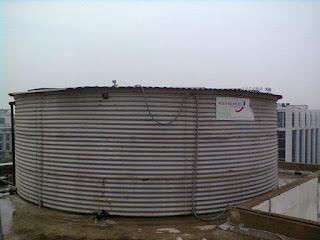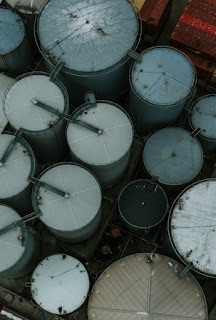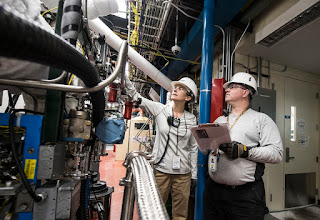GLS tanks mean Glass Lined Steel tanks that are also known to by other name glass-fused-to-steel tanks. In order to improve the properties of the latter, glass is fused with the steel. Fusion is needed because single steel is and for the environmental conditions
Email subscription
Thursday, January 9, 2020
PROCESS OF GLS/ GFS TANK
For the production of high-quality panels, many steps are involved. Equal importance is given to each and every step during the production process so that high-quality standards can be met. There are total seven steps that complete the production process like laser, deburring, brushing, powder, enamel, inspection as well as packaging.
With the help of a laser, the raw sheets are
cut.
Depending on the requirement of customers,
the edges of the sheets can be rounded.
The sheets are brushed all over and then
primed for the enamel process.
This is the process which combines the
powder with the raw sheets through an electrostatic process.
In this process, powder and the raw sheet combine high-performance furnace at approx. 800°C which helps in creating the corrosion-resistant surface.
Once the furnace is done, the panel is
subjected to a comprehensive pore inspection as well as a detailed visual
inspection.
Edge protection is applied as a transport guard before the panels are packed.
Subscribe to:
Post Comments (Atom)
Case Study Of Rostfrei Steels Private Limited
Case Study Of Rostfrei Steels Private Limited The question that arises is why are tanks needed at all? Even though production, in most ...

-
SILO GRAIN COLLAPSED BY ROSTFREI STEELS PRIVATE LIMITED IN INDIA One more video found on Youtube on silo grain collapses by Rostfrei Ste...
-
GLS TANKS INTRODUCTION OF GLS/ GLASS FUSED TO STEEL STORAGE TANKS What are GLS/ GFS Tanks? GLStanks mean Glass Line...













No comments:
Post a Comment